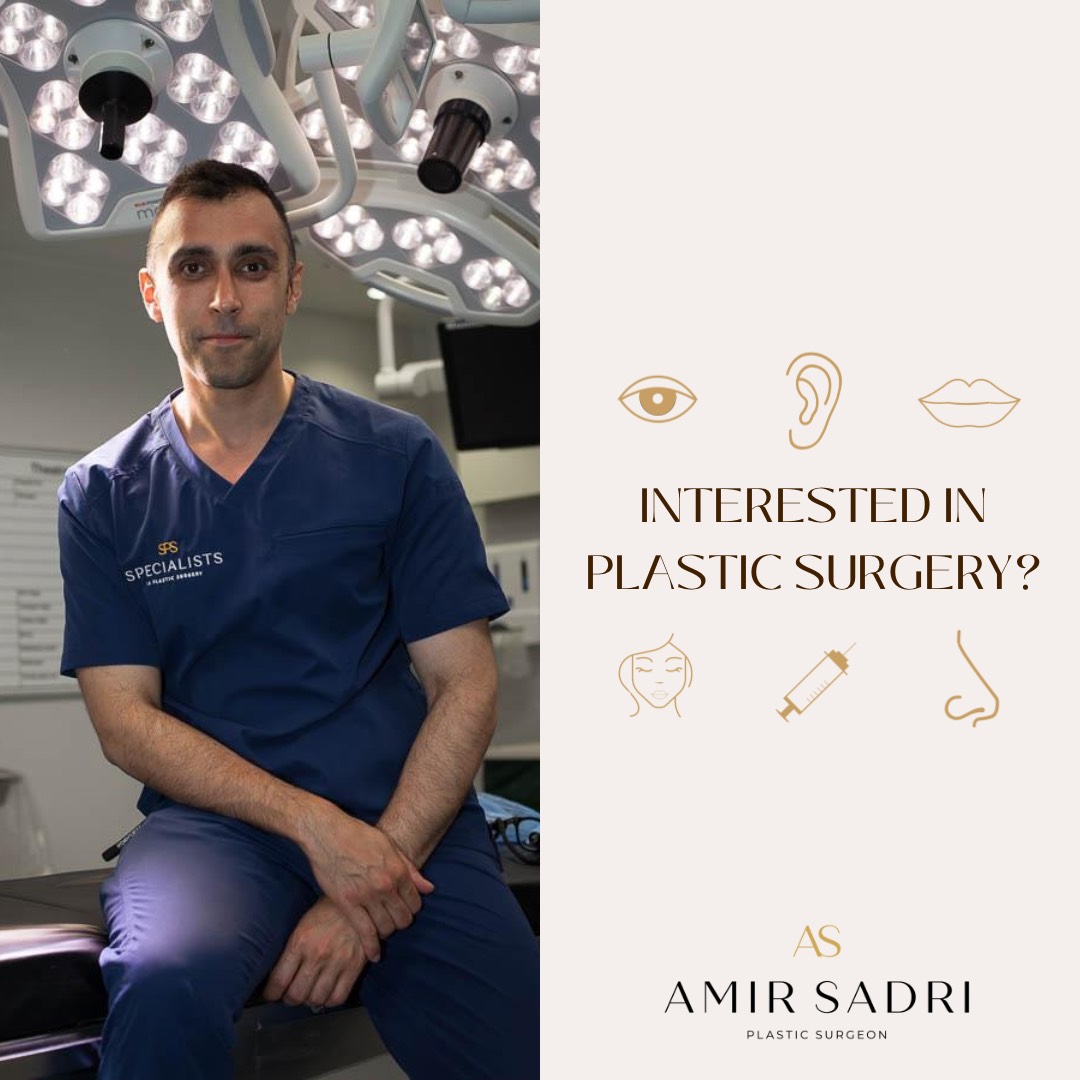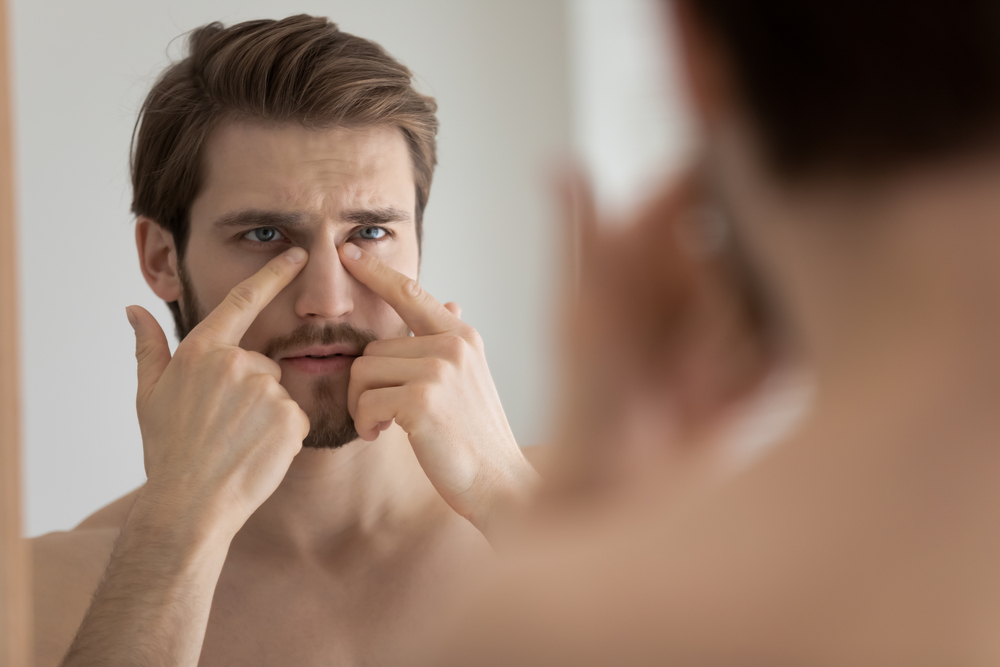Rhinoplasty, commonly referred to as a nose job, is a popular cosmetic surgical procedure that aims to reconstruct or improve the appearance of the nose. This surgery can be pursued for aesthetic purposes, to enhance facial harmony and boost self-confidence, or for functional reasons, such as correcting breathing difficulties or repairing deformities resulting from injury or birth defects.
The decision to undergo rhinoplasty is deeply personal and often comes after a great deal of consideration. Potential candidates should explore their motivations and set realistic expectations with the help of a qualified plastic surgeon. A comprehensive consultation will typically involve a detailed discussion about the desired outcome, medical history, and an examination of the structural anatomy of the nose. Advanced imaging technology may also be used to simulate the post-surgical appearance, helping patients make a more informed decision.
Rhinoplasty can be broadly categorized into two types: open and closed. In an open rhinoplasty, a small incision is made across the columella (the tissue separating the nostrils) to provide better visibility and access to the nasal structures. This technique is often favored for more extensive reshaping. Conversely, closed rhinoplasty involves incisions hidden within the nostrils, resulting in less visible post-operative scars. This method is suitable for less complicated procedures.
Recovery from rhinoplasty varies among individuals, but generally includes a period of swelling and bruising that may last a few weeks. Patients are usually advised to refrain from strenuous activities and wear nasal splints for support and protection during the initial healing phase. It’s essential for individuals to follow aftercare instructions to ensure optimal results and minimize risks.
Potential risks and complications associated with rhinoplasty include nasal asymmetry, infection, and dissatisfaction with the aesthetic outcome. Therefore, choosing an experienced and board-certified plastic surgeon is critical to achieving successful results and reducing the likelihood of complications.
In conclusion, rhinoplasty offers many the opportunity to refine their facial features and improve nasal function, ultimately enhancing their quality of life. However, it is crucial for patients to approach this procedure with thorough research and careful deliberation, ensuring their journey toward a new nose is both rewarding and transformative.













